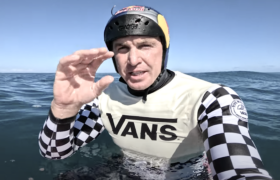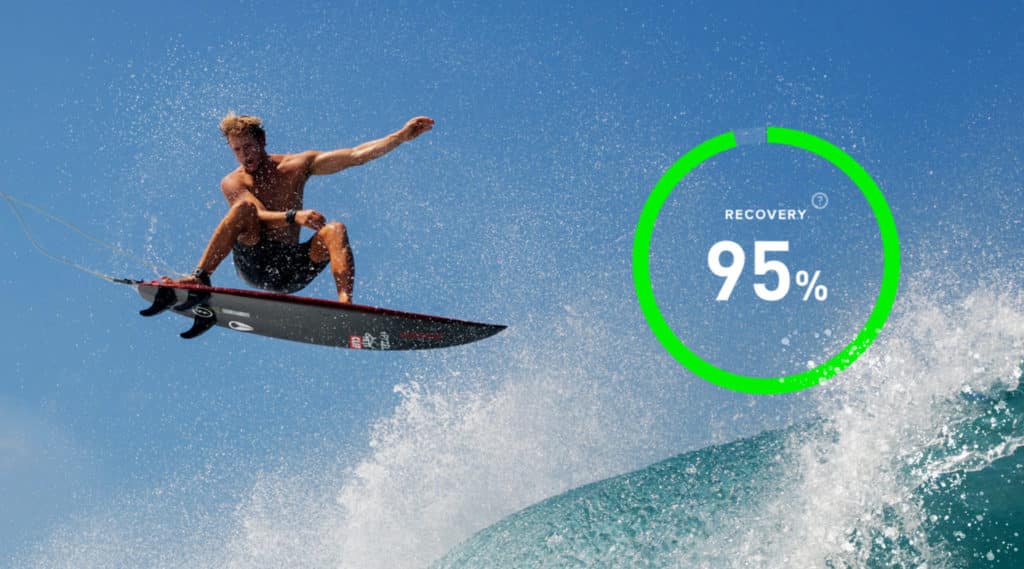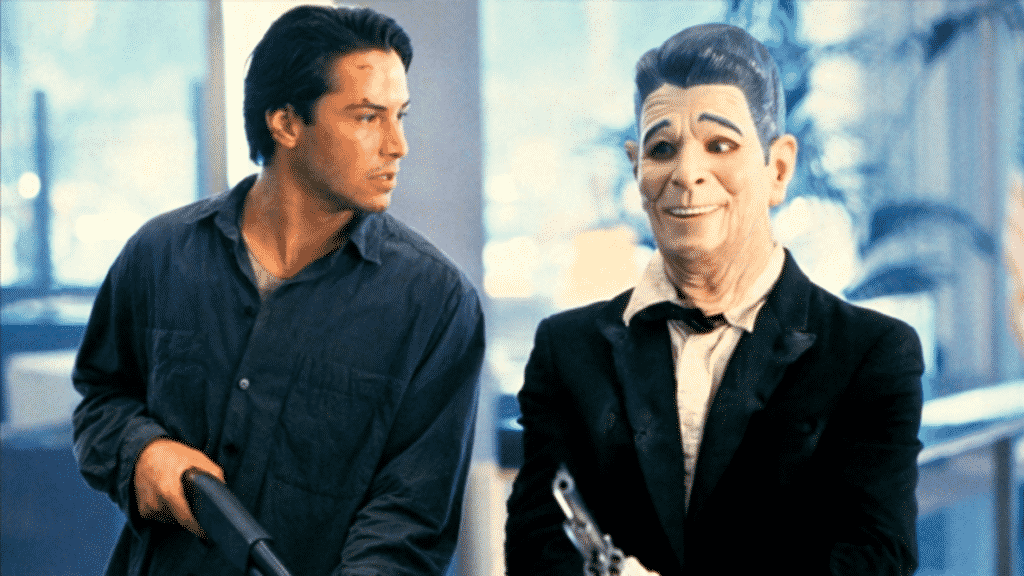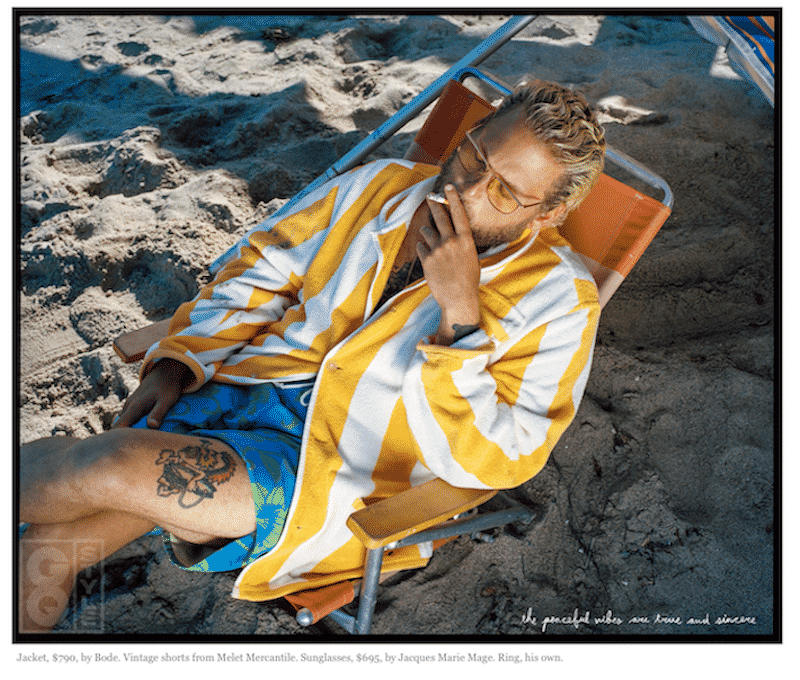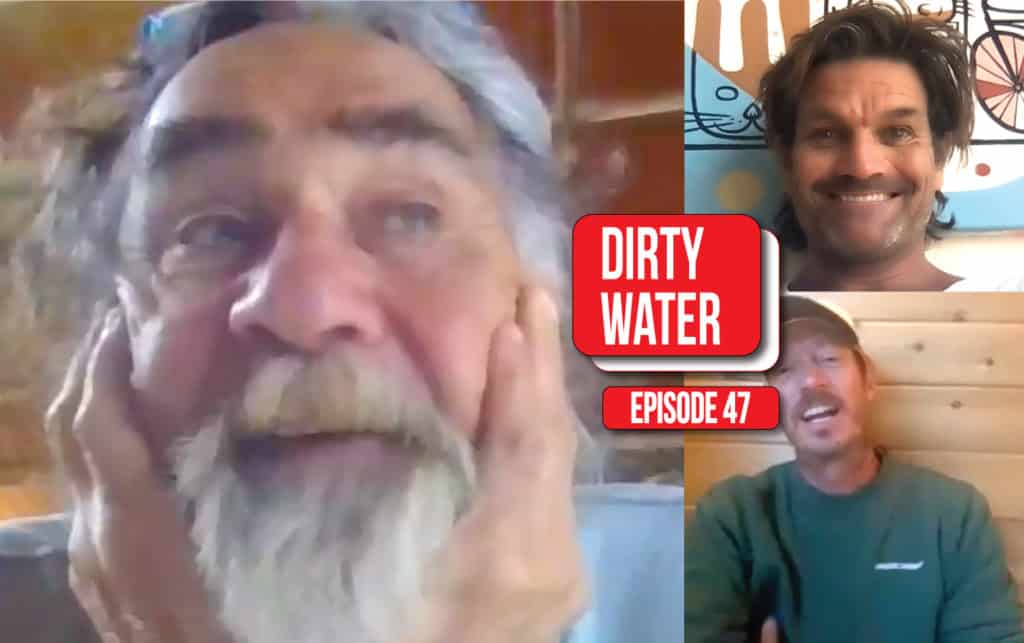When John John Florence and middle bro Nathan wake up all they can talk about is WHOOP!
The last time we spoke, me admitting a fitness strap had become the fulcrum on which my life now rests, the reader outraged we could pivot so hard to an advertorial-combat sports model, I revealed my latest existential crisis.
Was jiujitsu actually gonna work in a surf fight?
That story followed three previous stories detailing a year of Brazilian jiujitsu.
Exploring the nexus between the art of strangulation and surfing!
The blissful joys of hypoxia and the realisation that twinks raised on surf can roll with bears!
And,
Had I spent six days a week learning to operate a vehicle that was already obsolete?
No need to go into details again, click here to read that bonanza of genius, but the realisation that strangling other men wasn’t going to have any real world effect, coupled with shock data from my fitness strap that showed the combat sports of jiujitsu and wrestling didn’t come close to surfing for fitness benefits, brought me full circle.
I would now apply the John John Florence model to my life.
Surf, sleep; examine breathing and recovery.
Two-time world champ Florence, who has been using WHOOP for three years, is the last custodian of the old way: talk softly, carry a big stick, surf with power and brilliance. A man whose approach is effortless and fearless.
By using his WHOOP, Florence has already determined the exact amount of days he must enter a hyperbaric chamber before a surfing contest (“On the third day my recovery would go down and then a day after it would shoot back up really high… I made sure I didn’t use it a day before a heat”) and says he talks to middle brother Nathan “all the time” about his WHOOP metrics.
When they wake up all they talk about is WHOOP!
If I shared my bedroom I’d be the same!
“Before that we never thought about heart rate or anything. Now it’s all we can talk about after we’ve surfed for six hours,” says Florence.
On the metric Recovery, he goes hard, multiple surfs when it’s green, does light exercise mixed, called active recovery, a little swimming etc, when it’s in the red.
I prefer to hammer hard day after day, not chasing the supreme triumph of Florence, but the occasional top of the surf and jiujisu charts. (You join online groups, compete against ‘em.)
You wake up a couple of wild days of swell, you’re suddenly in the red. And you feel it.
Been lazing around, green.
Y’feel that, too.
A side bonus has been the incentive to punch up the numbers during long afternoons awash in libidinal heat, imagining a sword between the hips, undulating like an eel etc. Numbers track between five and fifteen. I record it as High Intensity Training.
Buy your WHOOP here, fifteen percent discount if you use the code BEACHGRIT at checkout.
Next week: The pro surfer, not Florence, using a WHOOP to monitor his ailing daddy!


